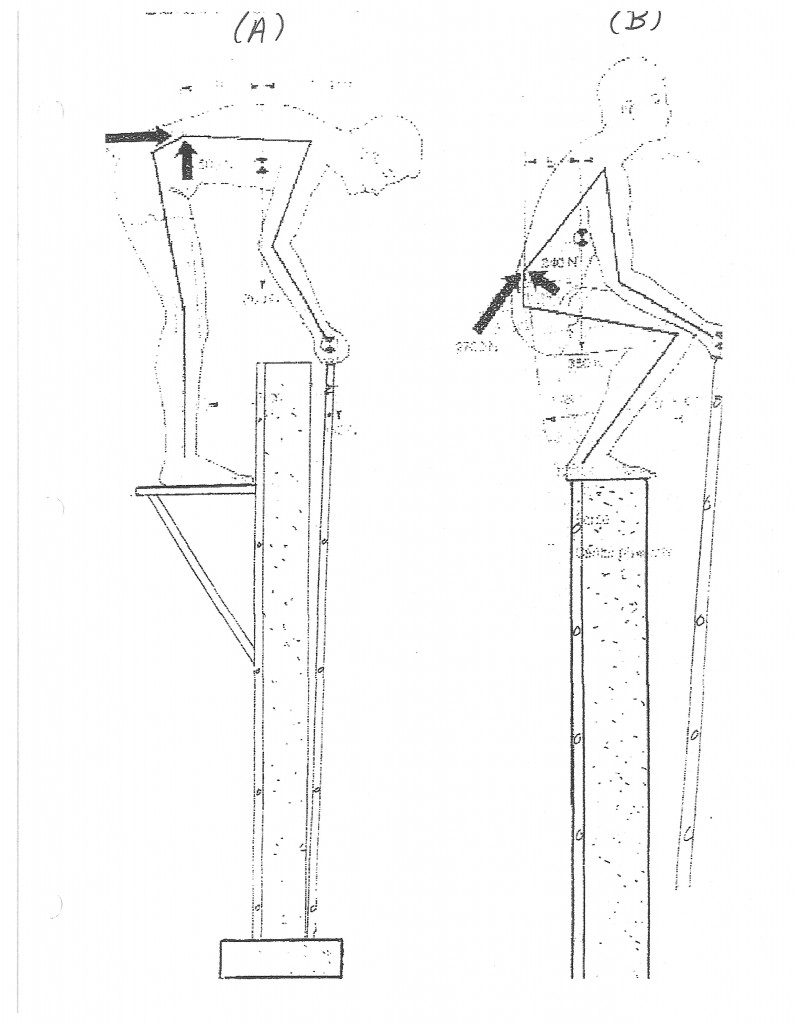Post-Injury Testing
To efficiently and effectively manage workers’ compensation claims, many companies have implemented a program for injured workers to undergo a physical capability evaluation and functional assessment of the major muscle groups of knees, shoulders and low back along their entire range of motion in both extension and flexion. This evaluation will show the injured worker’s current physical abilities and aid the doctor and physical therapist in their objective diagnosis and treatment plan. The evaluation will document musculoskeletal weaknesses to aid in responding to insurance inquiries, assigning work modifications, creating a responsive and efficient rehabilitation plan, and making return-to-work decisions.
Isokinetic testing was developed in the 1960s and uses accommodating resistance, which measures the amount of force a person can produce. This measurement creates a torque curve providing information as to the validity (consistency of effort), range of motion, and peak torque of the patient. The isokinetic test is unlike traditional subjective testing methods because it is standardized, defensible, non-discriminatory, reproducible, safe, predictive, and totally objective. The test results (testing knees, shoulders, trunk and functional movements) encompass over 83% of the muscle groups in the body required to perform physical activities. By obtaining objective data during the testing, Cost Reduction Technologies (CRT) can determine the pre-injury baseline of each individual joint of the employee. In the event an employee is injured, baseline levels are critical for the rehabilitation and reimplementation of the employee to daily living activities, recreational activities, and job task duties. Isokinetics is the only form of testing that can determine a person’s pre-injury level as a matter of scientific fact. All post-injury evaluations (i.e. joint comparisons, return-to-work) result in objective data that can be utilized by a treating physician to better facilitate the care of the patient.
The CRT post-injury test can determine severity of injuries, improvement/ progress of rehabilitation, when an employee can return to work with specific restrictions, return without restrictions, or help identify malingering (faux claims or claims where the employee was injured but is hesitant to return to work). In a case where the employee may not regain pre-injury level, the test is used as one of the evidential pieces to measure the percentage of disability.
When selecting a post-injury testing process, employers should determine the amount of risk they are willing to assume as part of the return-to-work process or the post-injury rehabilitation process. The EECO and Workers’ Compensation laws always hold the employer accountable for all employment practices. Employers should select only those test providers or processes that will protect then in the event of litigation against the Company. If their testing methods cannot be admitted in Federal Court they have little or no value to the employer.
CRT has testified in State and Federal court cases to defend the outcomes based on the objective isokinetic testing. In every case we were successful in our testimony that the outcomes we determined were accurate, objective and provable as such.
In Federal court cases there is a standard which any scientific evidence introduced must adhere to, the Daubert Standard. If the evidence does not comply with the Daubert Standard it will not be introduced into testimony. CRT has passed the Daubert Standard. Below is a brief explanation of the Daubert Standard:
- The Daubert standard is a legal precedent set in 1993 by the Supreme Court of the United States regarding the admissibility of expert witness’ testimony during federal legal proceedings. The citation is Daubert v. Merrell Dow Pharmaceuticals, 509 U.S. 579 (1993).
- A Daubert motion is a motion, raised before or during trial, to exclude the presentation of unqualified evidence to the jury. This is a special case of motion in limine, usually used to exclude the testimony of an expert witness who has no such expertise or used questionable methods to obtain the information.
The reason CRT is admissible and passes each of the points is that Isokinetics is a world wide science with thousands of peer reviewed articles based on outcomes. It is not just CRT saying we use the following criteria; the criteria are based on decades of scientific research.

Back stress indicated in lifting conditions atop scaffolding. Taken from the CFA’s AFPP Kit 2.0. Contact CFA for info on obtaining this kit for members only.
To summarize, five cardinal points Daubert asks of every technique in order to be admissible in court are:
- Has the technique been tested in actual field conditions (and not just in a laboratory)? [e.g. fingerprinting has been extensively tested and verified not only in laboratory conditions, but also in actual criminal cases. So it is admissible. Polygraph testing on the other hand has been well tested in laboratories but not well tested in field conditions]
- Has the technique been subject to peer review and publication?
- What is the known or potential rate of error? Is it zero, or low enough to be close to zero?
- Do standards exist for the control of the technique’s operation?
- Has the technique been generally accepted within the relevant scientific community?
We believe the CRT isokinetic testing is superior to any other testing process available today. We do not have a system. We rely on science and technology to protect employers from future work comp injuries and/or return injured employees back to work quicker than subjective testing. We are not affiliated with any medical system, legal system, or insurance program. We are employer advocates. Our stated business objective is to reduce the number of work related injuries and remove associated costs for employers. Our ET 2000 electronic digital dynamometer is state-of-the-art and is 99.9% valid, free of bias, defensible, and over 98% successful in reducing the risk of MSD injuries on the job.







